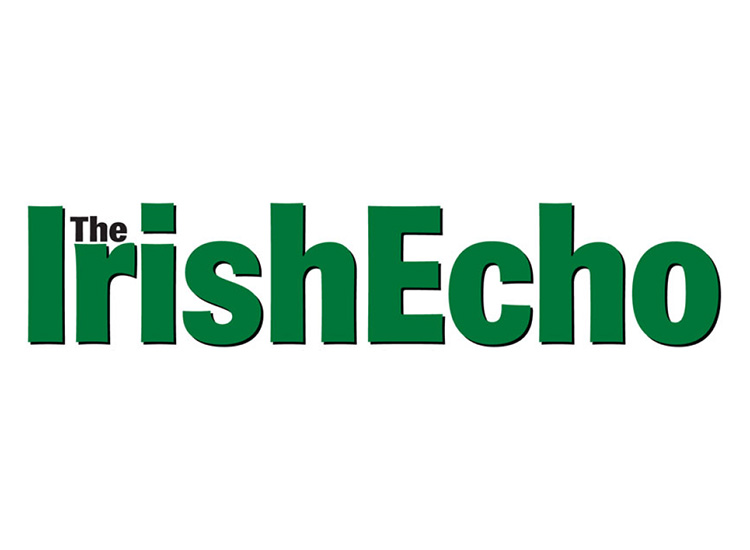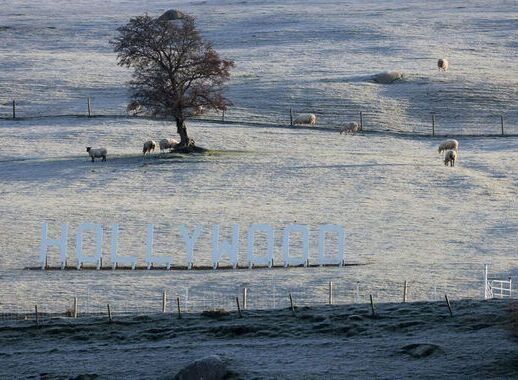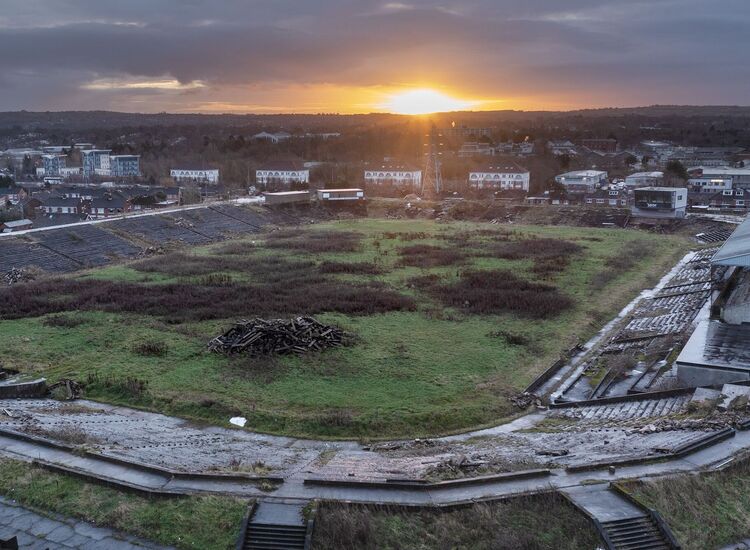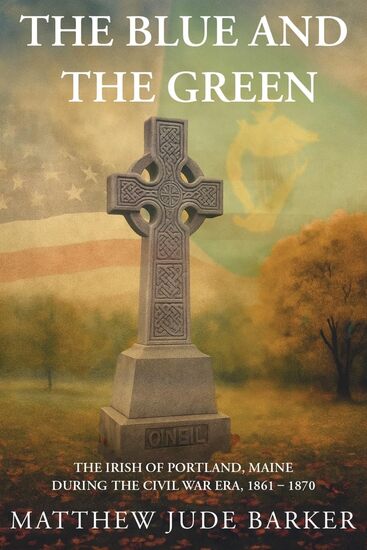By Francesca Ryan
A fascinating exhibit from Belfast's famed Linenhall Library has made its way to Manhattan where it will go on display this week as part of the New York-New Belfast conference.
The exhibit is entitled "Transatlantic Links" and it focuses on Ulster emigration to the American colonies and later the United States from 1722 to 1848.
"It's a small exhibit of just 27 items, 23 from the Linenhall Library and four from the American Irish Historical Society in New York," explained Linenhall librarian, John Killen.
"The bulk of what we are bringing is books published between 1722 and 1848. These books provided information for people who were considering emigrating to America at that time," said Killen.
"In 1771 and 1772, there was a massive exodus from the North, particularly from the farming and industrial classes. They took with them about a quarter of the economy and all their knowledge and transplanted themselves in the U.S. That affected the development of the U.S. The fact that they brought with them across the Atlantic this entrepreneurial mindset contributed to the US economy and the notion of self-sustainability."
Information, of course, went both ways, Killen explained.
"The American Revolution was keenly followed here in the North and led to the 1782 demand by volunteers of Ireland for an independent parliament in Dublin. It also had an effect on the French Revolution of 1789 which, in turn, had an effect on the United Irishmen.
"This was an era of revolution, perhaps inspired by what was happening in America. Information crossing the Atlantic led to the spread of radical political thinking."
As well as books documenting the mass migration, there are also items to whet the appetite of those with an interest in Irish language.
"There is also a linguistic element to the exhibit," said Killen.
"One of the books is 1772's Rathlin Catechism. It was the first book in the Irish language that was printed in the North. It was published by the then Bishop of Down and Connor in a bid to turn Catholic inhabitants of Rathlin (Island) towards Protestantism.
"It is a very rare item and is very important to the history of the Irish language and the current language debate. In 1848, during the Famine, five hundred people left Rathlin for the U.S. They would have taken this book with them and it undoubtedly would have added to the linguistic melting pot in the U.S.
A second language book in the exhibit is the first publication of the poems of Robert Burns in Scots. It is an item Scots-Irish Presbyterians would have brought with them across the Atlantic.
"There will also be some maps in the exhibit," said Killen. "One of the maps is of the eastern states of the U.S. in 1776, the year the revolution started. It has information listed beside it relevant to what was going on at that time.
"We have an 1830 color grid map of New York in the exhibit, it is part of our cartographic collection and is very rare, even in New York there wouldn't be too many of them. Again, it was useful for prospective immigrants."
"The exhibit is giving us the chance to forge partnerships with kindred organizations and talk about possible joint programs. We will be meeting with people from New York University's Glucksman Ireland House and taking a trip to Boston College," said Killen.
The exhibit is being staged at the American Irish Historical Society, 991 5th Avenue between 80th and 81st. Streets, phone (212) 288-2263.
[PHOTO: The Linen Hall Library's John Killen.]









